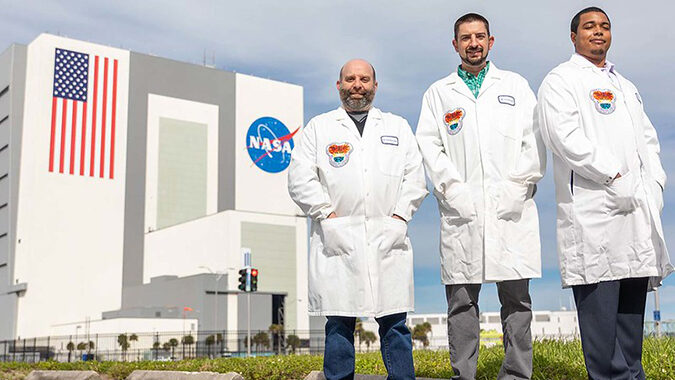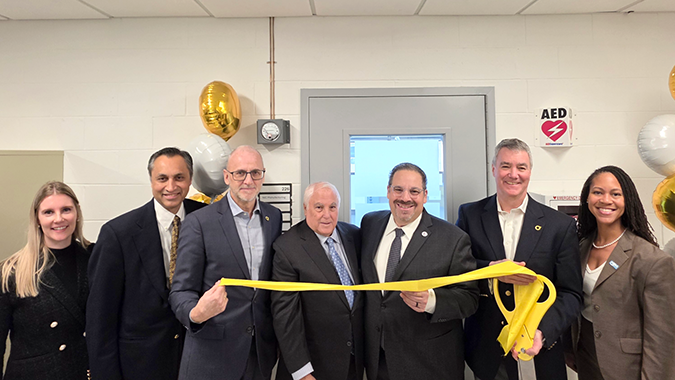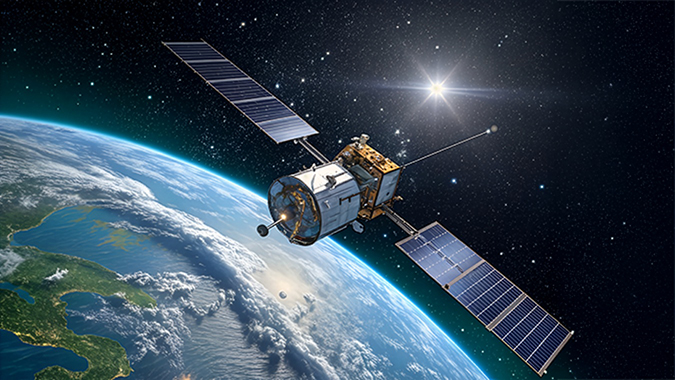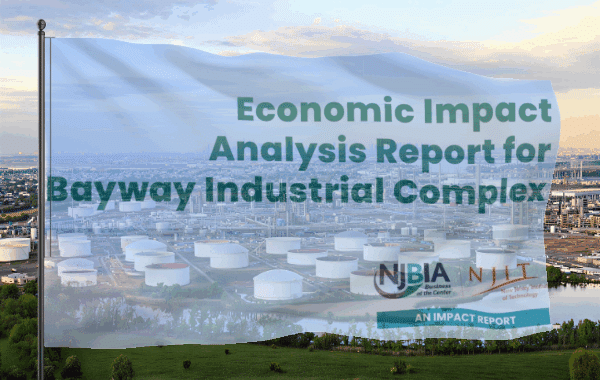Bristol Myers Squibb recently sent a second biotherapeutics experiment from its New Jersey research laboratories to the International Space Station where microgravity conditions that support tiny protein crystallization may bring big changes to cancer drugs.
For patients requiring time-consuming intravenous (IV) infusions, such as people living with cancer, reformulating a therapeutic drug could mean the difference between traveling to a hospital or clinic for lengthy treatments or going to their local doctor for a quick injection.
The BMS biotherapeutics experiment, one of 15 ISS National Lab-sponsored payloads on SpaceX CRS-27 resupply mission two weeks ago, will leverage the leverage the near-zero gravity conditions at the space station to improve crystallization of biologic medicines (protein-based therapeutics derived from living cells). Results could allow BMS to enhance the formulation and stability of cancer treatment drugs so they could be given as an injection just under the skin.
Just as a jar of honey stored in a refrigerator will form crystals, certain conditions can coax the crystallization of biologics, and micro-gravity is one of them. For drug makers, the science of protein crystallization could revolutionize how biologics drugs are developed and manufactured, changing everything from the time it takes to bring products to market to the space needed to store them on shelves.
“Microgravity gives us higher-resolution crystals that offer information we can leverage for designing new drugs. High-quality crystals grown in space give us a better understanding of how the molecules interact than is possible on Earth,” said Robert Garmise, associate director of material science and engineering at Bristol Myers Squibb. “A crystal structure can inform ways for us to stabilize those molecules to provide improved therapeutics to patients.”
This research started in the summer of 2018, when BMS responded to a request for proposals from the Center for Advancement of Science in Space (CASIS), a nonprofit organization and manager of the International Space Station National Laboratory (ISSNL). That research led to BMS’s first mission to the International Space Station in 2020, when a NASA scientist aboard the orbiting laboratory conducted the experiments sing protocols developed by a BMS team working in the company’s New Jersey research laboratories.
This second research investigation builds on BMS’s previous crystal growth experiments on the ISS to improve crystallization methods and help the company provide enhanced products to patients.
The latest study, conducted over several months on the ISS, will involve crystallizing multiple protein-based biologics using a state-of-the-art vapor diffusion method and batch crystallization. The proteins will then be analyzed back on Earth in numerous ways, including X-ray diffraction, a powerful technique that allows scientists to study the three-dimensional structure of proteins. Crystals grown in space will be compared with crystals from the biologics grown on Earth.
Garmise said Bristol Myers Squibb is excited to take advantage of access to space through the ISS National Lab.
“It really opens the horizons and allows us to be innovative in our work,” he said. “Thanks to the access provided by the ISS National Lab, we can advance our mission to improve the quality of our drug products and identify new types of drugs to meet the unmet medical needs of our patients.”
About the International Space Station (ISS) National Laboratory
The International Space Station (ISS) is a one-of-a-kind laboratory that enables research and technological development that is not possible on Earth. As a public service enterprise, the ISS National Lab allows researchers to leverage this multiuser facility to improve life on Earth, mature space-based business models, advance science literacy in the future workforce, and expand a sustainable and scalable market in low Earth orbit. Through this orbiting national laboratory, research resources on the ISS are available to support non-NASA science, technology, and education initiatives from U.S. government agencies, academic institutions, and the private sector.




